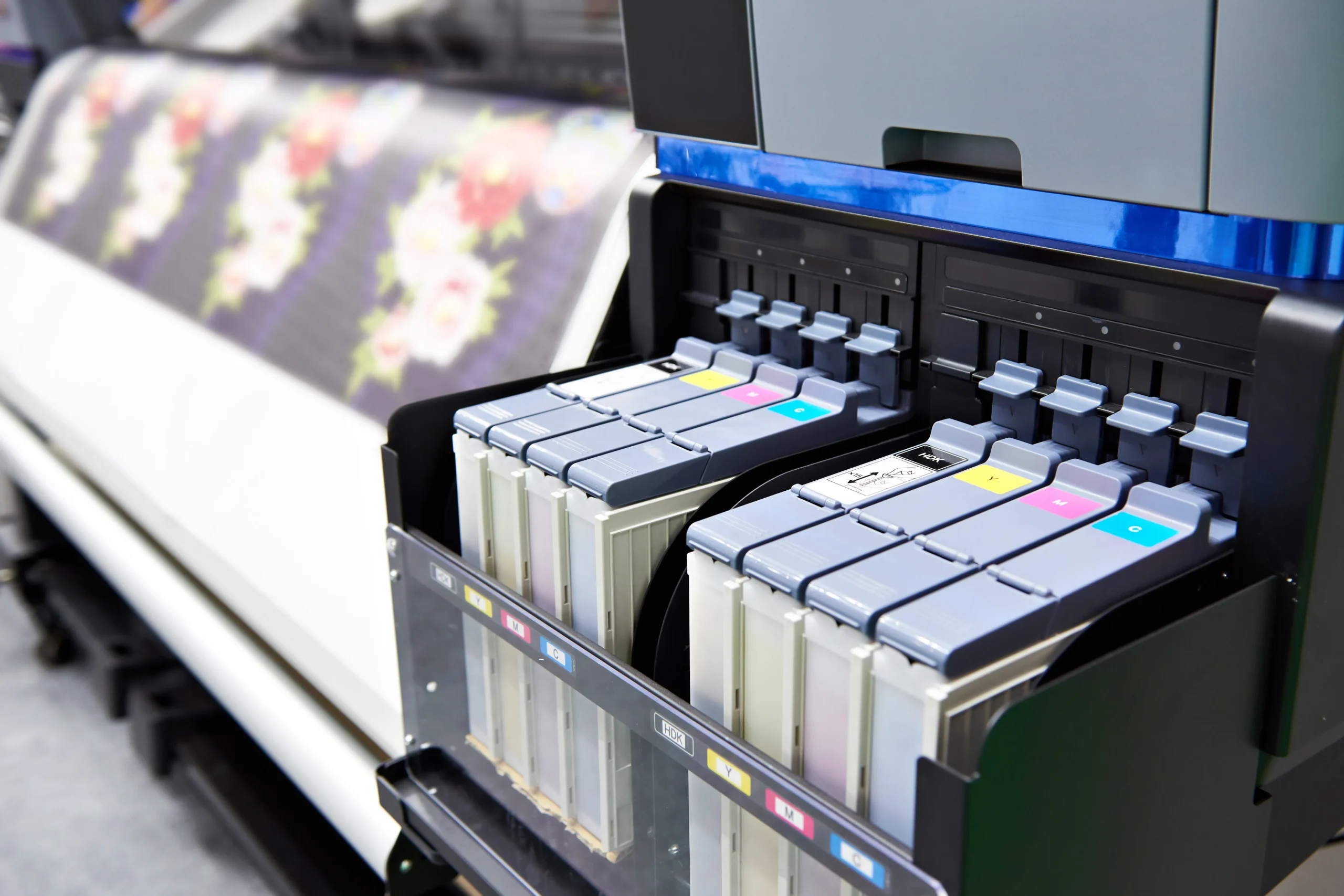In the digital age, where screens dominate our visual landscape, the art of print production remains a crucial skill for designers, photographers, and artists alike.
The journey from a digital image to a high-quality print involves a nuanced understanding of color theory, resolution, paper types, and printing techniques.
This article explores the key elements of mastering print production, ensuring your digital creations translate beautifully to the physical world.
Understanding Resolution and Image Quality
The foundation of any high-quality print begins with the digital file itself. Resolution, measured in dots per inch (DPI) or pixels per inch (PPI), is crucial for print clarity. While 72 DPI might suffice for web display, print production typically requires a minimum of 300 DPI for sharp, crisp images.
When preparing images for print:
1. Start with high-resolution files whenever possible.
2. Avoid enlarging low-resolution images, as this can lead to pixelation and loss of detail.
3. Consider the viewing distance of your final print; larger formats viewed from a distance may allow for slightly lower resolutions.
Color Management: From RGB to CMYK
One of the most significant challenges in print production is accurately translating colors from screen to paper. Monitors use the RGB (Red, Green, Blue) color model, while most printing processes rely on CMYK (Cyan, Magenta, Yellow, Key/Black).
To ensure color accuracy:
1. Calibrate your monitor regularly to maintain consistent color representation.
2. Convert your images to CMYK color space before printing, understanding that some vibrant RGB colors may appear more muted in CMYK.
3. Use color profiles specific to your printer and paper type for the most accurate results.
4. Consider using spot colors for brand-specific hues that need exact matching.
Choosing the Right Paper
The choice of paper can dramatically affect the final look and feel of your print. Factors to consider include:
– Weight: Heavier papers generally feel more premium but may require special handling.
– Finish: Glossy finishes enhance color vibrancy, while matte finishes reduce glare and provide a softer look.
– Texture: Textured papers can add depth and interest but may affect image clarity.
– Archival quality: For long-lasting prints, choose acid-free, archival-grade papers.
Experiment with different paper types to find the best match for your project’s aesthetic and functional requirements.
Mastering Printing Techniques
Different printing methods offer various advantages and are suited to different projects:
1. Digital Printing: Ideal for short runs and projects requiring quick turnaround. It offers good color accuracy and is cost-effective for small quantities.
2. Offset Printing: Best for large print runs, offering superior color accuracy and the ability to print on a wide range of paper stocks. It’s more cost-effective for high-volume projects.
3. Screen Printing: Perfect for textiles, posters, and projects requiring vibrant, opaque colors on various surfaces.
4. Giclée Printing: Favored by artists and photographers for high-quality reproductions, using archival inks and fine art papers.
Understanding these techniques helps in choosing the right method for your specific project needs.
Pre-Press Preparation
Before sending your work to print, several crucial steps ensure the best possible outcome:
1. Proofing: Always request a proof, preferably a hard copy, to check color accuracy, layout, and overall quality.
2. Bleed and Margins: Ensure your design extends beyond the trim line (bleed) and that important elements are within safe margins to avoid being cut off.
3. Font Embedding: Embed all fonts in your PDF files to prevent text rendering issues.
4. Image Placement: Use high-quality links rather than embedded low-resolution images in layout software.
5. Overprint and Knockout Settings: Review these settings to ensure colors print as intended, especially for overlapping elements.
The Importance of Communication
Clear communication with your printer is vital. Discuss your project requirements, including:
– Paper stock preferences
– Color matching needs (e.g., Pantone colors)
– Finishing options (varnishes, laminates, embossing)
– Binding methods for multi-page documents
– Delivery timeline and packaging requirements
Providing detailed specifications and maintaining open dialogue throughout the process helps avoid misunderstandings and ensures a satisfactory final product.
Emerging Technologies in Print Production
As technology evolves, new possibilities in print production emerge:
– Variable Data Printing: Allows for personalization of individual prints within a single run.
– Augmented Reality Integration: Enhances printed materials with digital overlays accessible via smartphones.
– Sustainable Printing Practices: Eco-friendly inks, papers, and processes are becoming increasingly important.
Staying informed about these advancements can give your print projects an innovative edge.
Mastering the art of high-quality print production is a journey of continuous learning and experimentation. By understanding the technical aspects of resolution and color management, choosing appropriate materials and printing techniques, and maintaining clear communication throughout the process, you can ensure your digital creations are faithfully reproduced in the physical world. As technology advances, the possibilities for print production continue to expand, offering exciting new ways to bring your creative visions to life on paper.
Remember, the key to successful print production lies in attention to detail, thorough preparation, and a deep appreciation for the unique characteristics of both digital and print mediums. With practice and persistence, you can bridge the gap between pixels and paper, creating stunning prints that captivate and inspire.



